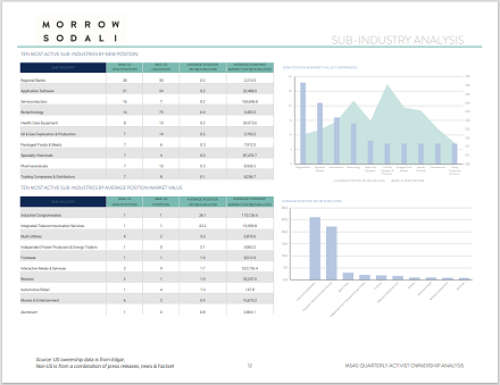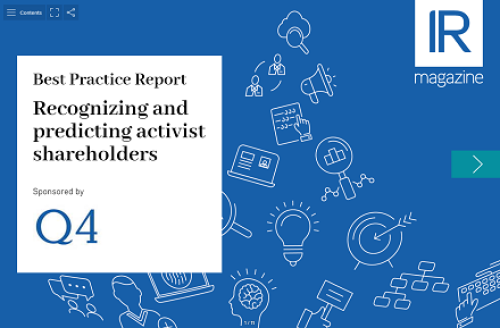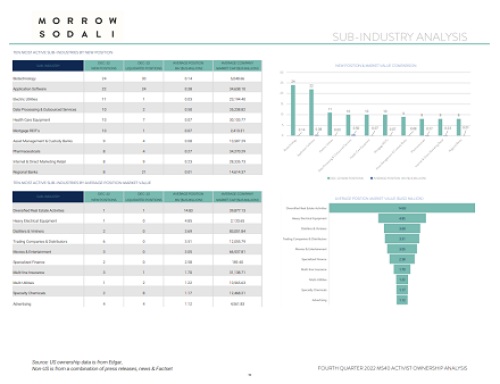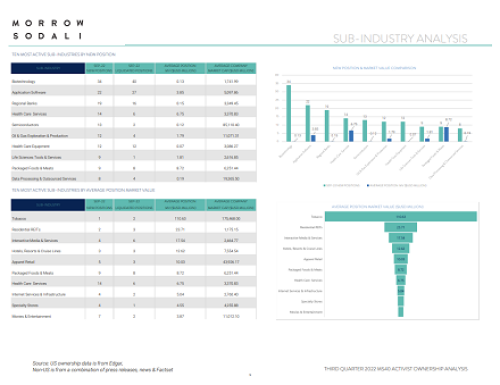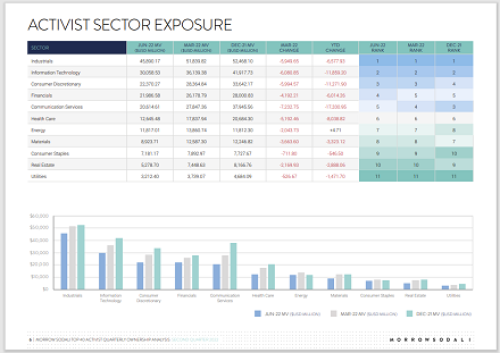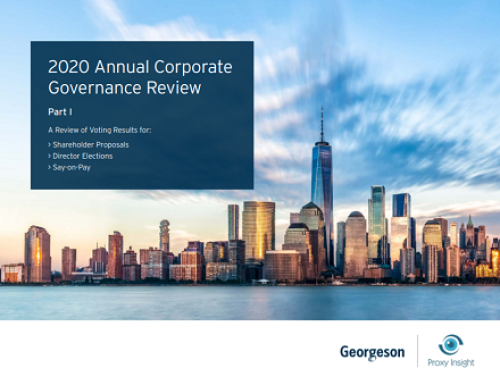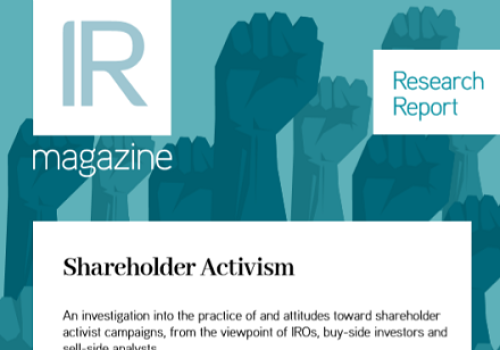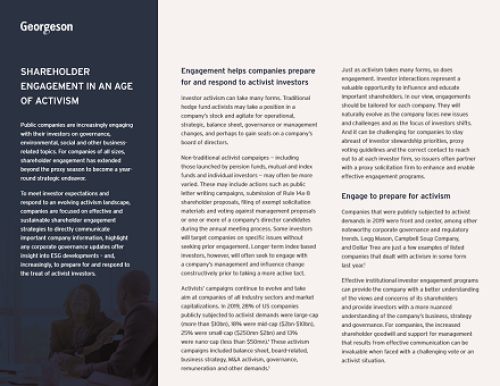With no company immune, IROs need to devise a strategy for dealing with activist campaigns
While activism is not new – it’s been around since the 1980s – it has evolved in distinctive ways over the last decade. For many funds, activism has become a lucrative investment strategy, with The Economist reporting that activists now manage more than $100 bn of capital and, during 2014, attracted a fifth of all inflows into hedge funds.
Activist situations, which can occur year-round, are becoming more commonplace and public. Beyond their traditional targets of small-cap and underperforming companies, activists are steadily expanding their reach to larger multinational corporations; no one is untouchable, even blue-chip, well-regarded global firms like Apple have been targeted.
What implications might this have for investor relations officers?
An activist campaign can have a multitude of outcomes, and the level of disruption for companies can vary greatly, but activism is almost certain to divert management attention and increase costs as the company mounts its defense.
In addition to seeking board representation, activists may have other objectives, such as the sale of the company, management change, stock buybacks or the divestiture of non-core businesses. In many cases, they have been highly successful in achieving their objectives. In 2014, according to data researcher FactSet, 73 percent of proxy fights resulted in a significant company concession like a board seat; this is a considerable increase from 52 percent in 2007.
Given this rising trend, it is important for companies to proactively monitor their shareholder bases, peer group activist activities, investor sentiments and position in the market to determine whether they might be targets for activism – because if an activist does target a company, odds are it will not go away quietly.
Companies need to be proactive and strategic, and have advisers in place who can immediately respond to an activist’s first action. In doing so, a company will benefit from enhanced credibility in the market if the activist’s requests or proposals are handled in a proactive and professional manner.
Some considerations for managing activism include:
· Understanding the triggers or shareholder concerns that could make your company a target. These include an underperforming stock price, a corporate strategy that shareholders disagree with, excessive management compensation or an unattractive balance sheet, among others.
· Having open dialogue with institutional shareholders. An engaged and proactive IR program is a best practice, and a good way to get a sense of sentiment on the Street is to speak regularly with top holders and solicit their feedback on performance and messaging. Many companies conduct a perception study to stay in tune with the sentiments of their shareholder base; third-party, confidential perception studies help companies gain a clear understanding of where their top holders stand on key issues.
· Maintaining a strong understanding of your shareholder base and how it is evolving. Be aware of firms that are buying or selling your stock, especially where investors appear to be buying in tandem. Activists have become highly sophisticated and often work with fellow activists, sometimes called a ‘wolf pack’. Companies should recognize that an activist may have not only a small direct ownership of their stock, but also the support of other shareholders.
· Being vigilant about monitoring activism in your peer group or industry. You should have a strong knowledge of the activist community and the activists engaged in your sector.
· Being proactive and professional in your responses to potential activists. If an activist reaches out to your company, an immediate response is imperative. When engaging with an activist, it is important that the team is prepared and willing to listen to the investor’s perspective and possible demands.
· Understanding your investors’ proxy voting guidelines. Not all institutions rely solely on advisory firms like ISS and Glass Lewis. Many best-in-class IR departments have year-round proxy outreach programs.
· Developing a communications plan. If you have an activist engaged in your company, clear and consistent communications, coupled with a cohesive and co-ordinated plan, are vital. Extensive preparation is critical to achieving the most optimal outcome and there are several parties, from lawyers to proxy solicitors, that can help guide you to success.
Nicole Noutsios is the founder of NMN Advisors


